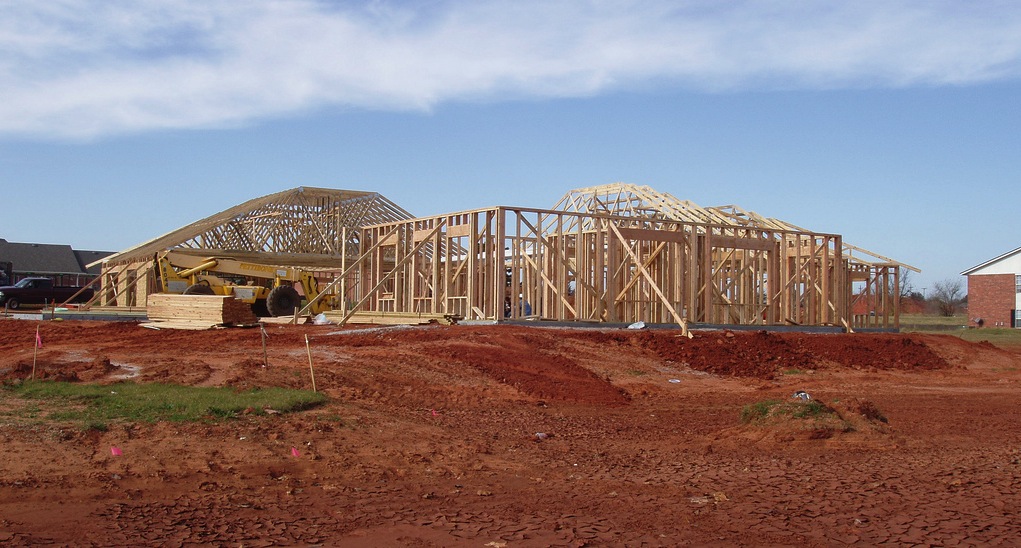The FMI Nonresidential Construction Index Report (NRCI) for Q4 2015 says that nonresidential construction is experiencing a slowdown. The NRCI dropped four points to 59.5, the lowest score since Q4 in 2013.
Panelists displayed a declining outlook for the overall economy, which was down 12.3 points to 58.3 from Q3. The report found that the expectations of activity in economic sector and the expected change in backlog scores also fell, and the cost of construction material rose.
“Economic recovery momentum is losing steam and rising costs in labor and materials start to put a load on the industry,” Chris Daum, President and CEO of FMI, said in a statement. “Next year will likely be more challenging for industry growth than 2015. Firms that excel at recruiting and training the most skilled workforce will have a strategic edge in the marketplace.”
Key takeaways in the Q4 NRCI:
· The overall economy where panelists do business is down. Panelists’ business is slowing down with a grim outlook of the overall economy.
· Panelists’ construction business is slipping. Although the panelists’ expectation of their construction activities slipped by 5.8 points to 69.9, it shows residual recovery momentum.
· There is an expected drop in backlog. The measure of expected change in backlog dropped to 62.2 from last quarter’s 68.2, a median of the past 12 months.
· The cost of construction materials and labor is rising. The cost of labor and materials continues to go higher. Generally, it is expected that costs will rise as business improves, thus holding down the overall NRCI index number.
Related Stories
| Aug 11, 2010
10 tips for mitigating influenza in buildings
Adopting simple, common-sense measures and proper maintenance protocols can help mitigate the spread of influenza in buildings. In addition, there are system upgrades that can be performed to further mitigate risks. Trane Commercial Systems offers 10 tips to consider during the cold and flu season.
| Aug 11, 2010
Reed Construction Data files corporate espionage lawsuit against McGraw-Hill Construction Dodge
Reed Construction Data (RCD), a leading construction information provider and a wholly-owned subsidiary of Reed Elsevier (NYSE:RUK, NYSE:ENL), today filed suit in federal court against McGraw-Hill Construction Dodge, a unit of The McGraw-Hill Companies, Inc. (NYSE:MHP). The suit charges that Dodge has unlawfully accessed confidential and trade secret information from RCD since 2002 by using a series of fake companies to pose as RCD customers.
| Aug 11, 2010
NAVFAC releases guidelines for sustainable reconstruction of Navy facilities
The guidelines provide specific guidance for installation commanders, assessment teams, estimators, programmers and building designers for identifying the sustainable opportunities, synergies, strategies, features and benefits for improving installations following a disaster instead of simply repairing or replacing them as they were prior to the disaster.
| Aug 11, 2010
Construction employment shrinks in 319 of the nation's 336 largest metro areas in July, continuing months-long slide
Construction workers in communities across the country continued to suffer extreme job losses this July according to a new analysis of metropolitan area employment data from the Bureau of Labor Statistics released today by the Associated General Contractors of America. That analysis found construction employment declined in 319 of the nation’s largest communities while only 11 areas saw increases and six saw no change in construction employment between July 2008 and July 2009.







